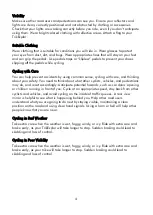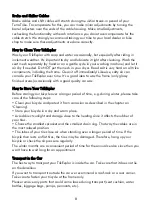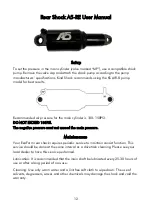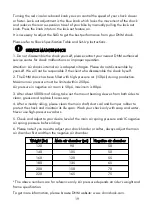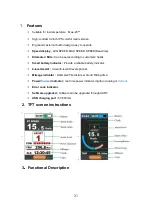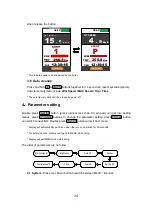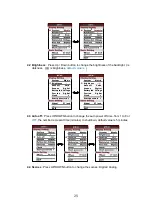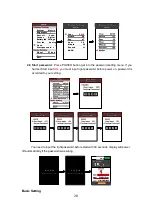
SHOCK INFORMATION
1. Compressing Damping
The resistance felt when compress the shock.
2. Rebound Damping
The force needed to compress the spring.
3. Preload
The amount of static force placed on the spring
4. Spring Rate
The force needed to compress the spring.
5. Shock Sag
4. Once you know the correct shock length and you are confident that the bushing gaps
are also correct, the fitting of the new shock is a relatively simple exercise. Remove your
old shock absorber and clean the inside surfaces of the frame and swing arm, remove
any dirt and make sure that the surfaces are clean.
5. Establish which way you are going to position the shock take into consideration
access to the adjusters. Position the shock in the mounting area using the appropriate
tools usually a 5mm Allen key and a 10mm open ended spanner, depending on the
type of fastener in use on your existing mount the sizes may vary.
6. The tightening process requires only a medium amount of pressure, as the aluminum
spacers are a tolerance fit. It is good to use Nylock nuts and some Loc-tite fastening
solution. Once the shock is fastened gently sit on the bike and progressively apply more
pressure easing the bike through its travel. Providing there are no strange noises
coming from the shock area, you can be fairly confident the installation process has
been a success.
7. The final stage of the installation involves fine tuning, ride height can be adjusted by
using the collar on the main shock body to compress the spring. The rebound adjuster
to control how fast the shock kicks back and the compression damper to fine tune the
stroke. You will find that as these adjustments are variable just like where you ride they
will be something you change periodically.
8. So there you have it! If you have successfully got to this point the last thing you need
to do is to put on your helmet and go for a ride!
The amount the shock compresses when the rider is sitting on the bike in normal riding
position. This takes about 15%~25% of the shock travel for cross-country and about
25% for Downhill applications.
17


